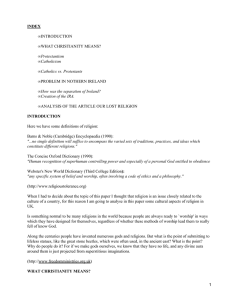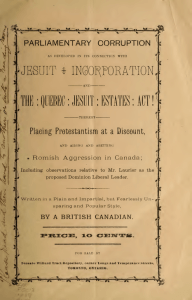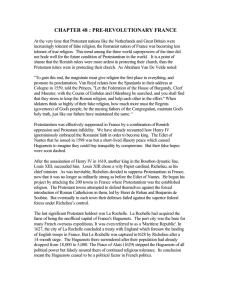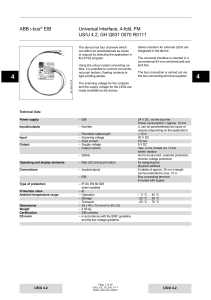Catholic Church and the counter reformation
Anuncio
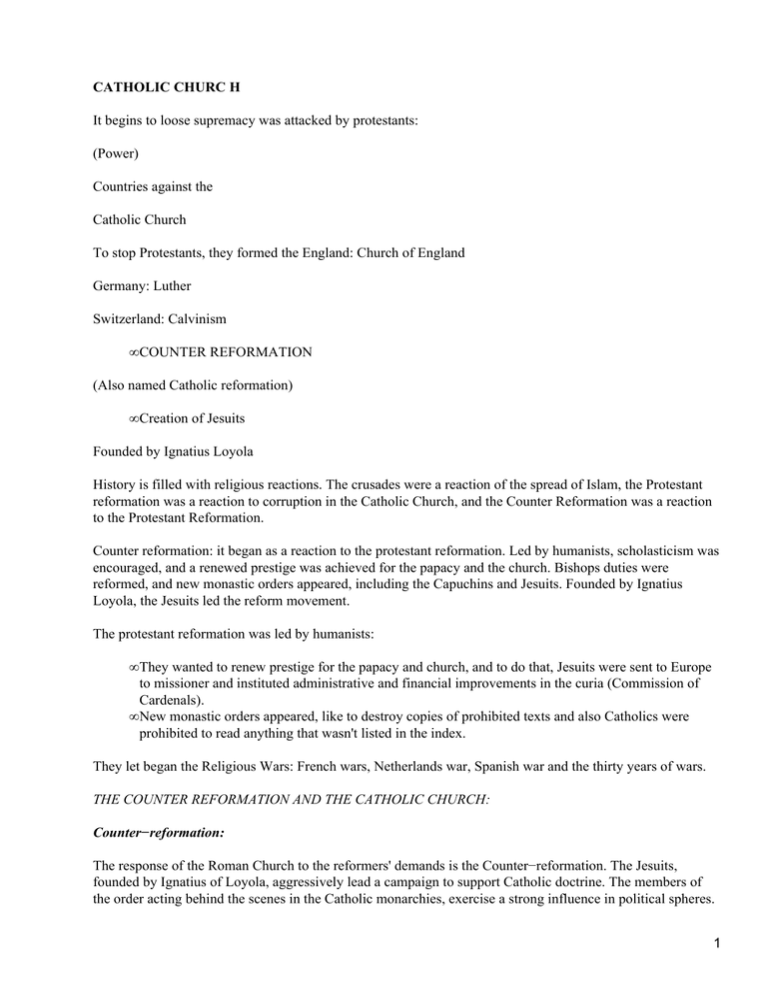
CATHOLIC CHURC H It begins to loose supremacy was attacked by protestants: (Power) Countries against the Catholic Church To stop Protestants, they formed the England: Church of England Germany: Luther Switzerland: Calvinism • COUNTER REFORMATION (Also named Catholic reformation) • Creation of Jesuits Founded by Ignatius Loyola History is filled with religious reactions. The crusades were a reaction of the spread of Islam, the Protestant reformation was a reaction to corruption in the Catholic Church, and the Counter Reformation was a reaction to the Protestant Reformation. Counter reformation: it began as a reaction to the protestant reformation. Led by humanists, scholasticism was encouraged, and a renewed prestige was achieved for the papacy and the church. Bishops duties were reformed, and new monastic orders appeared, including the Capuchins and Jesuits. Founded by Ignatius Loyola, the Jesuits led the reform movement. The protestant reformation was led by humanists: • They wanted to renew prestige for the papacy and church, and to do that, Jesuits were sent to Europe to missioner and instituted administrative and financial improvements in the curia (Commission of Cardenals). • New monastic orders appeared, like to destroy copies of prohibited texts and also Catholics were prohibited to read anything that wasn't listed in the index. They let began the Religious Wars: French wars, Netherlands war, Spanish war and the thirty years of wars. THE COUNTER REFORMATION AND THE CATHOLIC CHURCH: Counter−reformation: The response of the Roman Church to the reformers' demands is the Counter−reformation. The Jesuits, founded by Ignatius of Loyola, aggressively lead a campaign to support Catholic doctrine. The members of the order acting behind the scenes in the Catholic monarchies, exercise a strong influence in political spheres. 1 Jesuit priests often act as confessors to major political leaders. Counter−reformation forces will uphold papal authority and will ensure that, canonization and veneration of saints remains a cornerstone of celebratory ritual. In addition the visual grandeur of the church is to be encouraged and generously financed. Charles V strongly recommends that the papal Curia convene to resolve issues of internal dispute, and after many delays a council convenes in Trent in December of 1545. Three basic issues are under examination; two involve broad resolves to clarify doctr inal issues in order to still internal disputes and definitively solve the problem of ecclesiastical abuses among the clergy. The third issue is the initiation of a crusade against the infidels. Paul III frankly hopes to get widespread approval to condemn the Protestant heresy, and thereby gain support for a suppression of the reformers by force. In the end, the Council of Trent succeeds not by condoning violence, but simply by presenting a united front against the Protestants. The Church at last prove s itself capable of action, and of reinforcing its representation of the orthodox faith. In the second half of the 16th century the theological conflict becomes a political power struggle. By the time Martin Luther dies in 1546 and John Calvin in 1564 the Reformation message is complete. The Protestant movement has split into a number of sectarian churches, and no more great Protestant reformers are to appear. Ignatius of Loyola dies in 1556 and the Council of Trent ends in 1563, thus also bringing the Counter−reformation to a theological halt. 2
